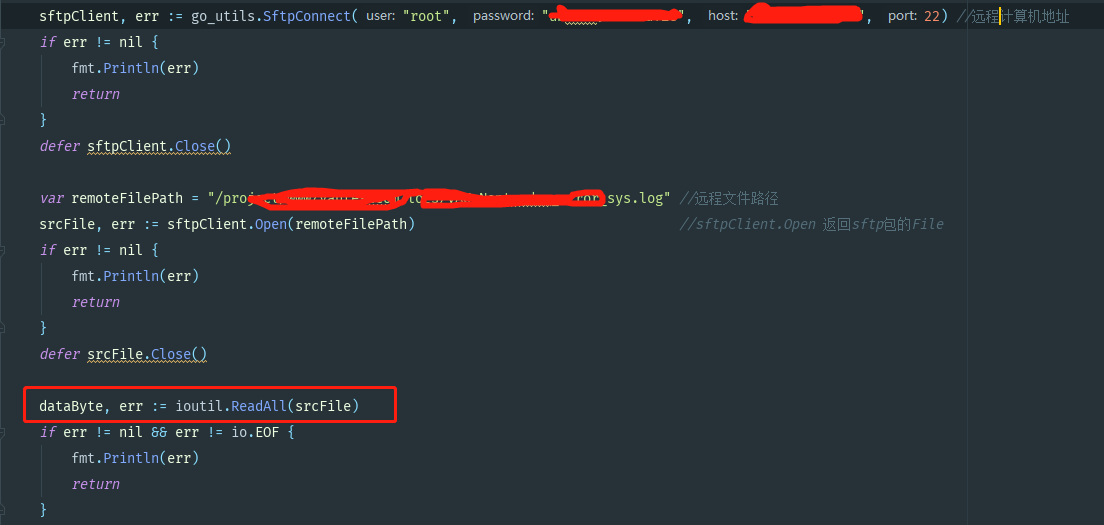

However, if we have uniform timeout rules, we can also define a standard HTTPClient object and use it to make HTTP Requests wherever needed. We can create an HTTP Client object for every request or customize its RequestConfig according to the needs of the application. "HTTP Status of response: " + response.getStatusLine().getStatusCode()) Example below: HttpGet getMethod = new HttpGet( " HttpResponse response = httpClient.execute(getMethod) 4 – Usage of the HttpClientĪfter configuring the HttpClient, it is pretty straightforward to use it to make HTTP calls in your application. Therefore, in my view, this is the RECOMMENDED to configure HttpClient timeout properties in your application. This is a type-safe way to assigning the properties in a clean and error-free way. HttpClientBuilder.create().setDefaultRequestConfig(config).build() setSocketTimeout(timeout * 1000).build() setConnectionRequestTimeout(timeout * 1000) RequestConfig config = RequestConfig.custom() See the below example for reference: int timeout = 5 With version 4.3, we have a much better way of setting the timeout properties. 3 – Configuring Java HTTPClient Timeout Properties (the New Way) The properties CoreConnectionPNames are part of the package. The timeout is provided in milliseconds and therefore, we multiple the value by 1000. Here, we have setup the three parameters in the HttpClient object. 2 – Configuring HTTPClient Timeout Timeouts (the Old Fashioned Way)īefore version 4.3, we had to use normal parameters using generic map to configure HttpClient. However, in high load scenarios, we also need to be careful about properly setting the third timeout as well. In general, the first two parameters are the most important. This timeout deals with the time taken to receive an open connection from the pool. Connection Manager Timeout – Many hosts use a pool of connections to handle concurrent requests.In other words, it is the time between receiving two packets of data. Socket Timeout – This is the time spent waiting for the data after the connection with the remote host has been established.Connection Timeout – The time taken to establish the connection with a remote host.Mainly, there are three types of timeout properties that we can play around with:
#GOLANG HTTP CLIENT TIMEOUT HOW TO#
In this post, we will look at how to use configure Java HttpClient timeout properties. Therefore, it is imperative that we make appropriate use of Timeouts when designing HTTP calls in our applications. A user waiting for a response for an abnormally long time would be far more devastating to the business prospects of the application as compared to a failed response.
#GOLANG HTTP CLIENT TIMEOUT SOFTWARE#
However, this is usually not the case in a typical software application. In real-life we may be tempted to wait for a long time for a response. So what should be a developer do in this case?

However, just like in real life, a request is just a request and there is no guarantee a request would receive an appropriate response.

After reaching the last element, retries stopįunc getURLData(url string) (*http.HTTP Request is a common integration approach used for building any reasonably sized application. first failure, the second the time to wait after the second

The first element is the time to wait after the A backoff schedule for when and how often to retry failed HTTP I was writing a Go program to run my self-updating GitHub README and added a little touch to make CI runs more robust by retrying intermittent HTTP failures a few times.


 0 kommentar(er)
0 kommentar(er)
